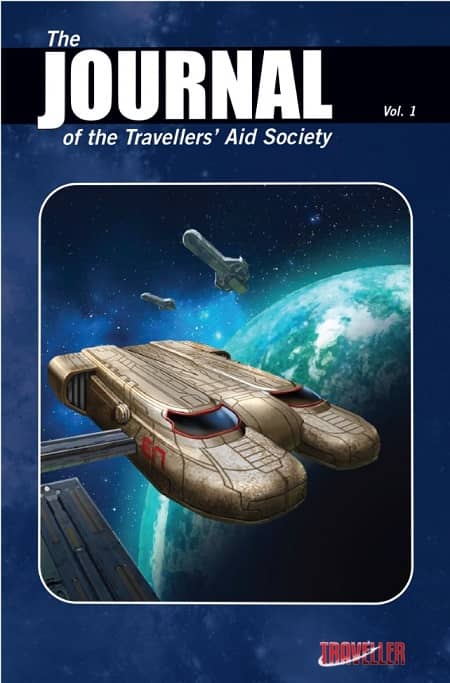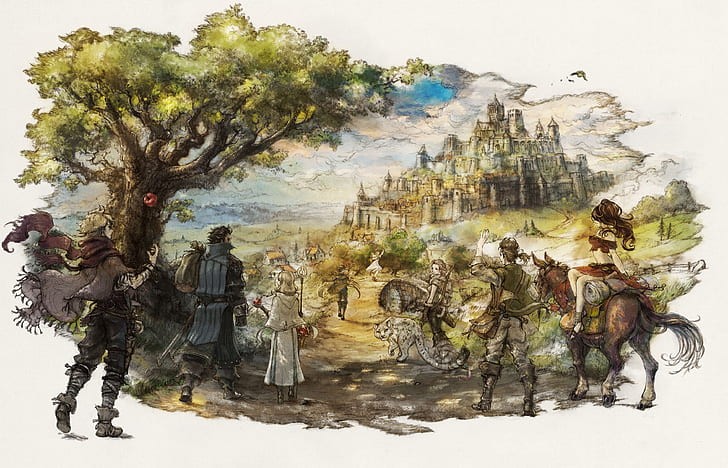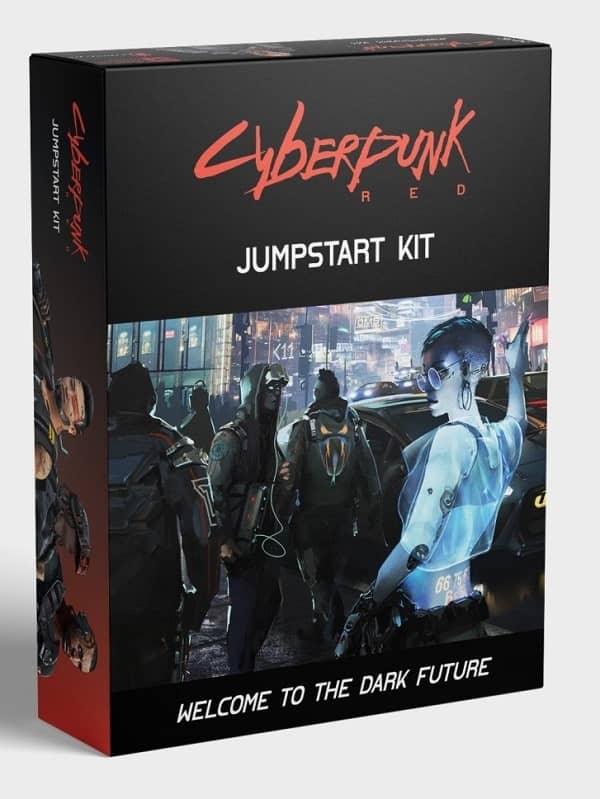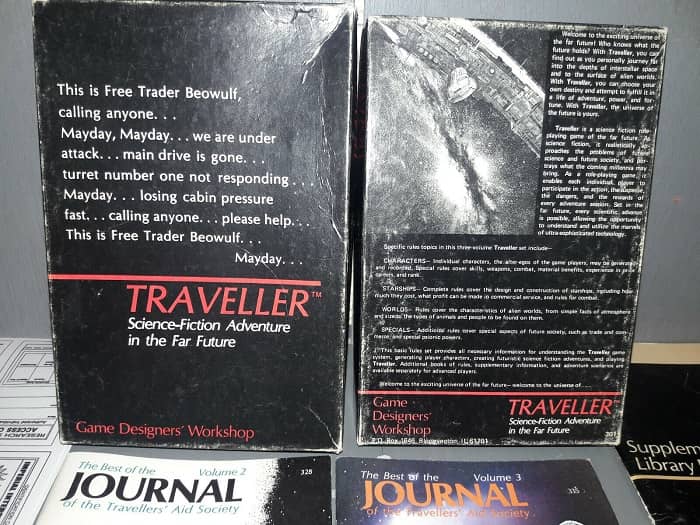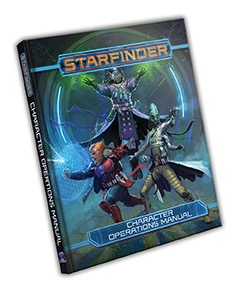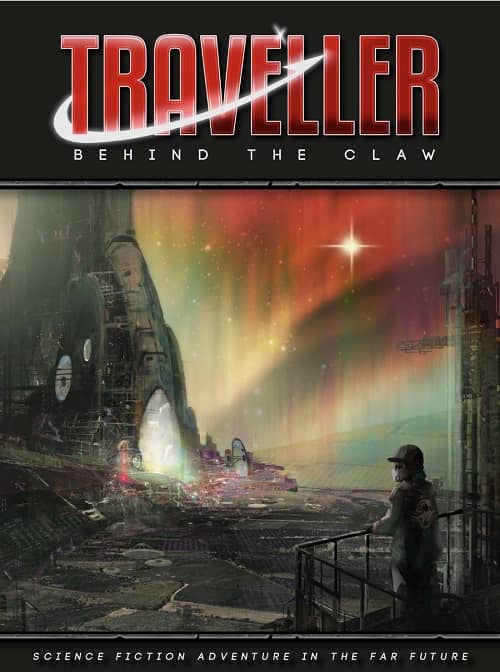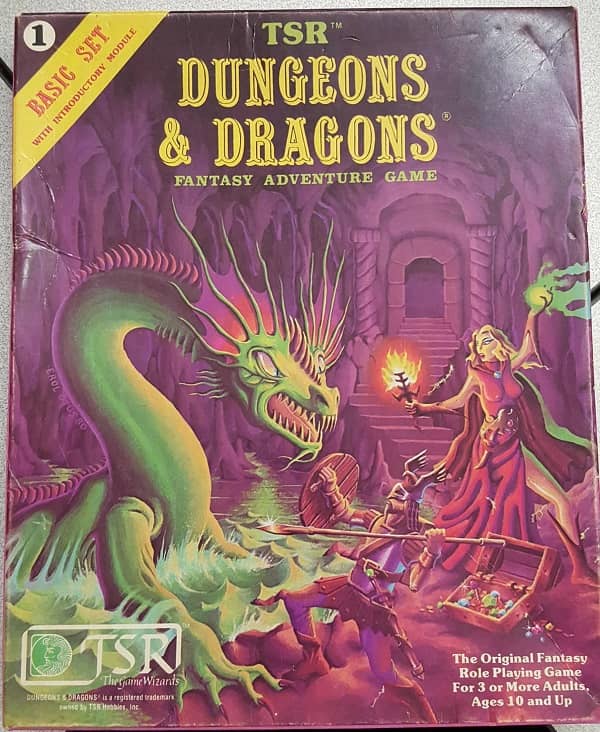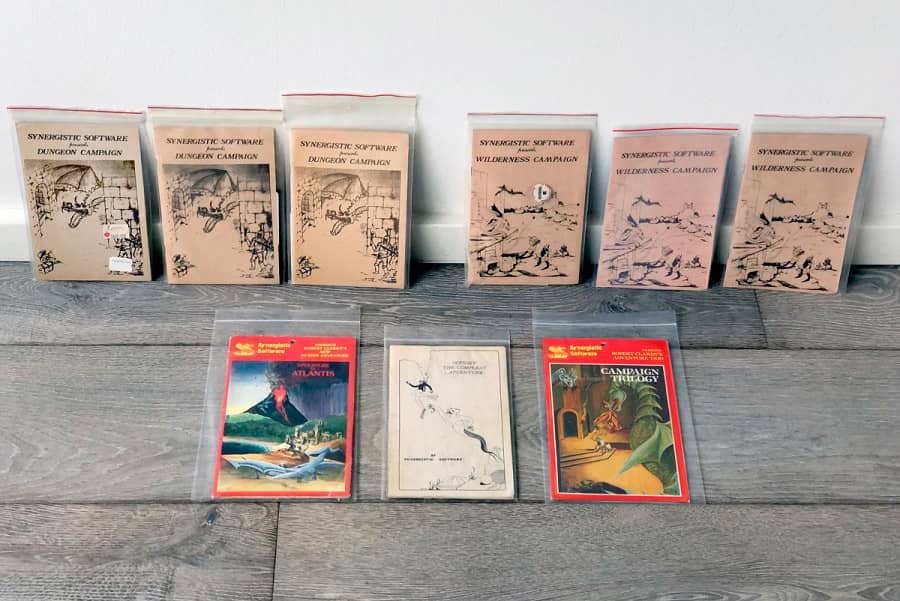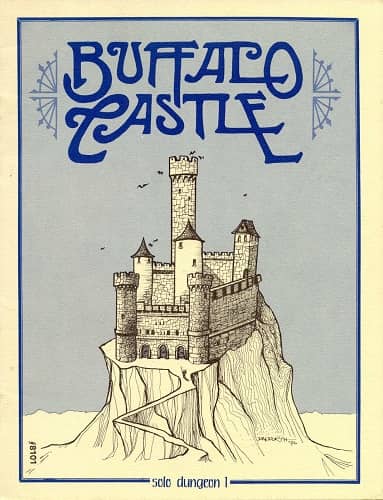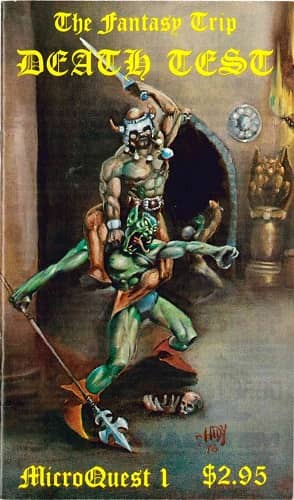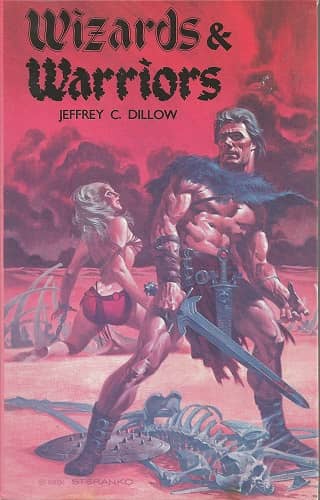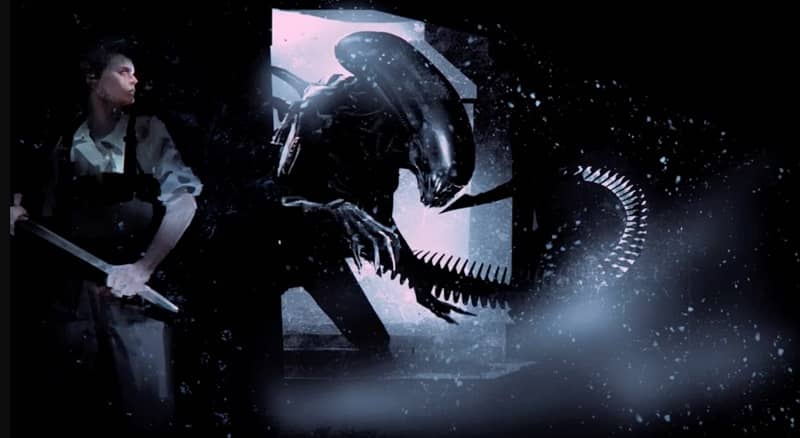Reviving the Rich History of Traveller
Journal of the Travellers’ Aid Society, Volume 1
Various authors
Mongoose Publishing (128 pages, $14.99 digital)
Traveller is a popular science fiction role playing game originally released in 1977 by GDW. To support its community of gamers, GDW published The Journal of the Traveller’s Aid Society (JTAS) from 1979 to 1985. (JTAS saw subsequent revivals for later versions of Traveller.) In 2019, Mongoose Publishing — publishers of two editions of Traveller — Kickstarted a three-volume revision of classic JTAS articles, intended for their second edition rules. Additionally, they would incorporate some new material and also mine some fanzines for articles. They Kickstarter was a success, eventually unlocking six volumes. Volume 1 has been released digitally (hard copy to follow) for sale to non-Kickstarter backers.
Volume I is 128 pages and includes two adventures, two new alien PC races, seven creatures, seven vehicles, two starships, eight articles providing background and fluff, and several items beyond that. The table of contents is organized by article type, making the job of finding those stats for the burst lasers easy.
The meat of this volume is in the eight articles broken into two sections: Charted Space and Travelling. Here, you can learn about a typical Imperial megacorporation, SuSAG; a listing and short description of the emperors of the Third Imperium; a history of the Vilani, the human race responsible for establishing the First Imperium; piracy — whether of the Vargr Corsair nature or what generally works for piracy in the Spinward Marches — an interview with the K’kree ambassador to the Imperium; a tutorial on smuggling; and an overview of the Gazulin starport. The topics covered do not provide new rules (with the minor exception in the smuggling article). Rather, they are intended to provide background and information to add flavor and hooks to your games, along with providing a quick bit of history for the Traveller default setting of the Third Imperium.
